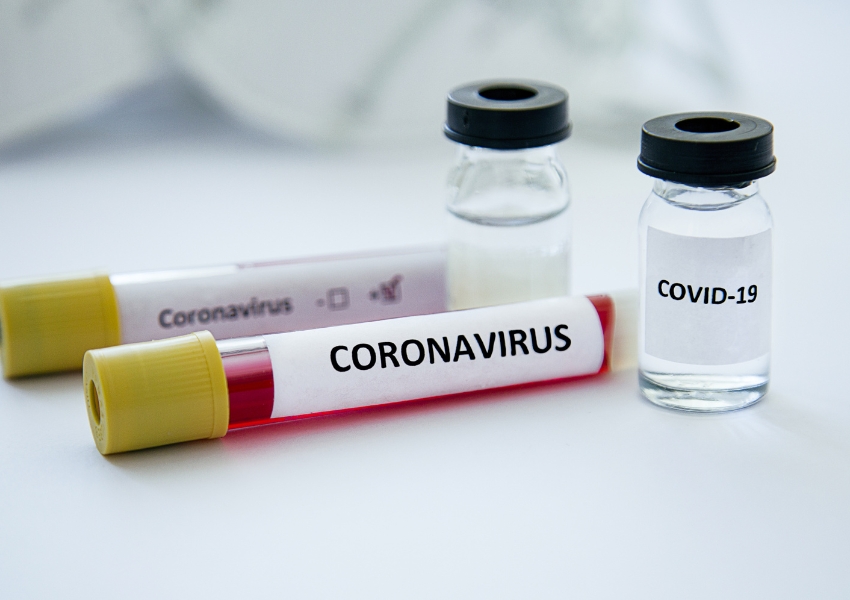Global health professionals and state officers are worried about a new Covid-19 variation that is spreading rapidly across 27 nations. Even though the planet is recovering from previous pandemics, this fresh mutation has reignited worries about an impending health disaster. In this post we will discuss what we have learned so far regarding this variety – its character, signs, speed of transmission as well as control strategies in place.
What is the New Covid Variant?
Newly infected strain, inadequately tagged as “Variant X”, emerged as a mutated version of the existing Covid-19 virus. Health experts suggest that such strain may have mutated in order to develop higher infectivity leading to its rapid spread across diverse geographical areas. Early reports claim that this strain has many mutations in the spike protein which is responsible for attaching the virus onto human cells hence possibly increase its transmissibility.
Variant X, according to the World Health Organization (WHO), is a “Variant of Interest” that has been classified as such since it displays distinctive characteristics and spreads rapidly thus necessitating close monitoring. Scientists are working day and night to unravel its complete genetic composition so as to assess how it stands against other earlier variants with respect to severity and immunity evasion.
Countries Affected So Far
Unhappily, the new version has been confirmed in 27 nations, including the US, UK, India, Brazil and a number of European states among others. This has been because of the swiftness at which it has spread causing several nations to witness an upsurge of cases associated with this new strain. Some areas are already enforcing travel limitations as well as reinstating health practices meant to control its transmission.
Symptoms Associated with the New Variant
- Fever and chills: It is a common fever for victims.
- Cough and shortness of breath: Like earlier strains, respiratory problems are still a major concern.
- Fatigue and body aches: Extreme tiredness and muscle pain is common to many patients.
- Loss of taste and smell: This is a symptom that is less commonly observed in newer variants but has been noted by precise cases.
- Gastrointestinal issues: Some people have had stomach pain, diarrhea and vomiting which are unlike the earlier variations.
These signs can differ greatly said health professionals and that there are cases where individuals only exhibit mild symptoms or no symptoms at all but still transmit the disease.
How to make it Spread That Way?
There is a rise in the transmission of Variant X due to its enhanced ability to be spread from one person to another. Early studies indicate that this variant has a higher basic reproduction number (R0) than other strains. Therefore, it’s possible that an individual who carries the infection can infect more people than previous variants.
Liberalization of restrictions in several nations is another factor for this outbreak. Since life is going back to what it was before, large groups are gathering, people are traveling again and indoor activities are being resumed – all these contribute to the dispersal of a highly communicable virus.

Impact on Vaccines and Immunity
The major apprehension with new variants is around their impact on vaccine efficacy. Some early data on Variant X is still being collected but there are a couple of things to consider;
- Reduced Neutralization: Some preliminary studies suggest that the new variant may have the ability to partially escape existing vaccines induced antibodies therefore, people who were vaccinated may have less protection against Variant X.
- Booster Shots: In several countries international health officials have already advised high risk groups about getting booster shots, as an approach to boost immune response against the new strain.
- Ongoing Research: Vaccine producers are actively involved in researching and may possibly modify their vaccines in order to make them effective against these as well as any future variants.
Global Response and Preventive Measures
Many countries have adopted different methods in taking on the new variants. They range from tough travel bans to returning to the wearing of masks and social distances. Here are some examples of what different nations are doing around the world:
- Amassed travel restrictions and obligatory quarantines: The rejoinder of some states from the region has been limiting traveling to places that are hugely hit by the novel variant. The international voyagers have also been made to enter isolation.
- More laboratory analysis: Governments are fast-tracking testing to detect and contain instances of the new variant. Contact tracing is largely being done in hotspot areas.
- Accelerated immunization campaigns: People in charge of countries are fuelling vaccination campaigns especially on strengthening doses among their vulnerable population.
- Public education initiative: Awareness programs have been heightened to sensitize people about preventive measures and tell them to take vaccinations, according different nations and health institutions.
What Can You Do to Stay Safe?
While considering the plight of Variant X taking the world by storm, it is important to stay alert and take steps that will ensure personal safety as well as community safety:
- Vaccination: In case you have not been vaccinated yet, please do so without delay. You may also consider a booster shot if you are supposed to get one.
- Masks: Wearing masks in crowded or enclosed places can give more protection in regions of high transmission rates.
- Social Distancing: Socialize with fewer people only so that you can keep distance from others when out there.
- Information Up-to-Date: Stay current with all the developing news and health authority recommendations.
- Hygiene Practices: Maintain the habit of regularly washing hands and applying hand sanitizer especially after touching frequently used surfaces.
Conclusion
This new Covid variant’s advent serves as a wake-up call that the pandemic is far from over. With vaccination and public health measures leading to global improvements, Variant X’s rapid endurance across 27 countries offers another challenge entirely. Thus, as scientists keep researching on this Variant, it is important to keep oneself updated and recommendation safety measures are followed in order to curb its spread.
Efforts by governments and health organizations worldwide are focused on understanding this variant for effective strategies to combat it. However, individuals need to be vigilant, adhere to guidelines and prioritize health and safety above anything else.
